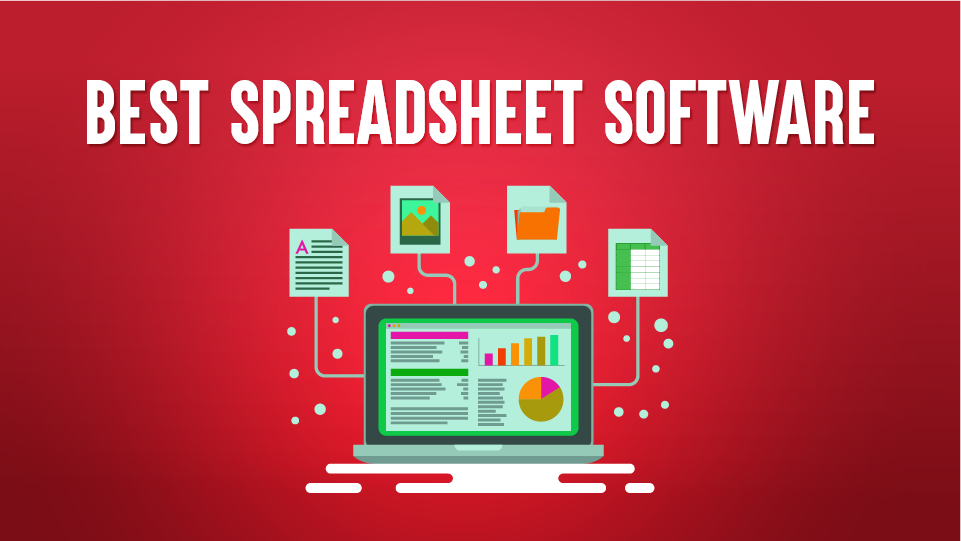Introduction
Spreadsheet software has become an indispensable tool in modern business, education, and personal computing environments. With its user-friendly interface and powerful capabilities, spreadsheet software revolutionized data management, analysis, and visualization. This article explores the history, key features, popular applications, and future trends of spreadsheet software, highlighting its role in empowering users to organize, calculate, and interpret data effectively.
I. Evolution of Spreadsheet Software
A. Early Origins
The concept of a spreadsheet can be traced back to the 1960s when computer scientists developed programs to facilitate repetitive calculations and tabular representations of data. However, it wasn’t until the 1970s when Dan Bricklin and Bob Frankston created VisiCalc, the first electronic spreadsheet software, for the Apple II computer. VisiCalc’s success marked the beginning of the spreadsheet revolution.
B. Dominance of Microsoft Excel
In the 1980s, Microsoft Excel was introduced to the market and quickly gained popularity due to its integration with Windows operating systems. Excel’s versatility, extensive formula library, and graphical capabilities set the standard for spreadsheet software, making it the dominant player in the industry.
II. Key Features of Spreadsheet Software
A. Grid Interface
The hallmark of spreadsheet software is its grid-based interface, where data is organized into rows and columns. This simple layout allows users to enter and manipulate data in a familiar tabular format.
B. Formulas and Functions
Spreadsheet software empowers users to perform complex calculations through formulas and functions. Built-in mathematical, statistical, and logical functions streamline data analysis, saving time and effort.
C. Data Visualization
Charts and graphs are an integral part of spreadsheet software, enabling users to visualize data trends and patterns. Bar charts, line graphs, and pie charts are commonly used to present data effectively.
D. Data Sorting and Filtering
Users can sort and filter data within spreadsheets based on various criteria, allowing for quick insights and analysis of large datasets.
E. Conditional Formatting
Conditional formatting allows users to highlight specific data based on predefined conditions, making it easier to identify critical information and outliers.
III. Applications of Spreadsheet Software
A. Business and Finance
- Accounting and Financial Analysis: Businesses use spreadsheets to manage budgets, track expenses, and perform financial forecasting.
- Inventory Management: Spreadsheets aid in inventory tracking and order management, ensuring efficient supply chain operations.
- Data Analysis: Financial analysts and business managers rely on spreadsheets to analyze market trends, revenue projections, and cost analysis.
B. Education and Research
- Data Collection and Analysis: Researchers and educators use spreadsheets to collect and analyze data from experiments and surveys.
- Grading and Assessment: Teachers utilize spreadsheets for grade calculations, performance tracking, and generating reports.
- Statistical Analysis: Students and researchers employ spreadsheet software for statistical analysis, hypothesis testing, and visualization of data.
C. Project Management
- Gantt Charts: Spreadsheets can create Gantt charts to visualize project timelines, task dependencies, and resource allocation.
- Budgeting and Resource Planning: Project managers use spreadsheets to allocate budgets, track expenses, and manage resources efficiently.
IV. Advancements and Integrations
A. Cloud-Based Solutions
The advent of cloud computing has led to the development of cloud-based spreadsheet software, enabling seamless collaboration, data sharing, and remote access across devices.
B. Data Integration
Modern spreadsheet software allows integration with other applications and databases, facilitating real-time data updates and eliminating the need for manual data entry.
C. Artificial Intelligence
The incorporation of artificial intelligence in spreadsheet software streamlines data analysis, automates routine tasks, and enhances data visualization.
V. Future Trends in Spreadsheet Software
A. Increased Automation
Advancements in AI and machine learning will lead to more intelligent automation of data analysis, freeing users from repetitive tasks and allowing them to focus on decision-making.
B. Augmented Reality (AR) and Virtual Reality (VR) Integration
AR and VR technologies may be integrated into spreadsheet software, enabling users to interact with data in a more immersive and intuitive manner.
C. Blockchain Integration
Blockchain technology could enhance data security and transparency in spreadsheets, particularly in areas such as finance and supply chain management.
Conclusion
Spreadsheet software has come a long way from its humble beginnings to becoming a powerful tool that drives data management and analysis across various industries. Its ability to organize data in a tabular format, perform complex calculations, and create informative visualizations has made it indispensable for businesses, educational institutions, and individual users. With the ongoing advancements in technology, spreadsheet software will continue to evolve, empowering users with enhanced automation, integration, and intelligent data analysis. As a fundamental component of data-driven decision-making, spreadsheet software will undoubtedly play a crucial role in shaping the future of information management and analysis.





